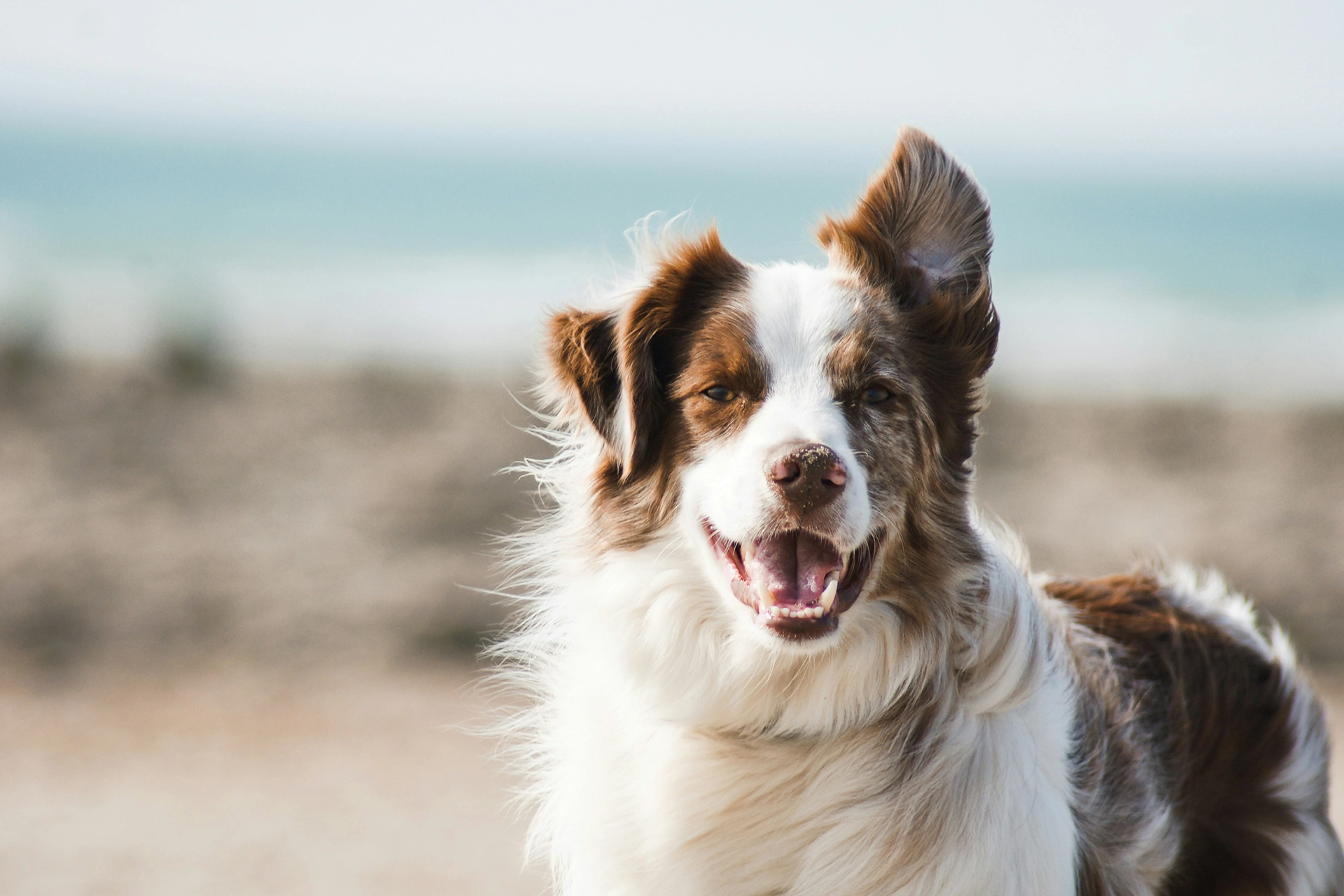Importance of General Anesthesia in Canine Eye Surgery
Ensuring Immobility and Relaxation
General anesthesia induces a state of unconsciousness and muscle relaxation, allowing veterinarians to perform delicate eye surgery without causing discomfort or distress to the patient.
Facilitating Surgical Procedures
Anesthesia enables precise control of physiological parameters, such as heart rate, blood pressure, and respiratory function, during eye surgery, ensuring optimal surgical conditions and minimizing the risk of complications.
Administering General Anesthesia
Pre-Anesthetic Assessment
Before administering anesthesia, dogs undergo a comprehensive pre-anesthetic evaluation, including physical examination, blood tests, and assessment of overall health to identify any underlying medical conditions that may affect anesthesia.
Anesthetic Induction
Anesthesia is typically induced using intravenous or inhalation agents, which rapidly and safely transition the dog into a state of unconsciousness and muscle relaxation.
Maintenance of Anesthesia
During eye surgery, anesthesia is maintained using inhalation agents delivered through a specialized anesthesia machine. Anesthesia depth and physiological parameters are closely monitored throughout the procedure to ensure patient safety and comfort.
Monitoring Vital Signs
Anesthetic Monitoring
During surgery, veterinary personnel continuously monitor the dog’s vital signs, including heart rate, respiratory rate, blood pressure, oxygen saturation, and body temperature, using specialized monitoring equipment.
Adjusting Anesthesia
Based on monitoring data and surgical requirements, anesthesia levels may be adjusted to optimize patient stability and ensure adequate depth of anesthesia throughout the procedure.
Managing Anesthesia Risks
Anesthetic Complications
While general anesthesia is generally safe, certain risks, such as respiratory depression, cardiovascular instability, or adverse drug reactions, may occur. Veterinary anesthesiologists and trained personnel are equipped to promptly identify and manage potential complications.
Individualized Anesthesia
Anesthesia protocols are tailored to each dog’s specific needs, taking into account factors such as breed, age, weight, health status, and the nature of the surgical procedure to minimize anesthesia-related risks.
Post-Anesthesia Care
Recovery Monitoring
After surgery, dogs are closely monitored during the recovery period to ensure a smooth transition from anesthesia to consciousness. Vital signs, pain levels, and overall well-being are carefully assessed to detect any signs of post-anesthetic complications.
Pain Management
Postoperative pain management is essential to promote comfort and facilitate healing. Dogs may receive analgesic medications, such as opioids or nonsteroidal anti-inflammatory drugs, to alleviate discomfort and support recovery.
Conclusion
General anesthesia plays a vital role in ensuring the safety, comfort, and success of canine eye surgery. By understanding the importance of anesthesia, its administration, monitoring, potential risks, and post-anesthesia care, pet owners can feel confident in the veterinary team’s ability to provide optimal anesthesia management and ensure the best possible outcome for their furry companions. With meticulous attention to detail, advanced monitoring technology, and skilled veterinary expertise, dogs undergoing eye surgery can receive the comprehensive care they need to enjoy a comfortable and successful recovery.

